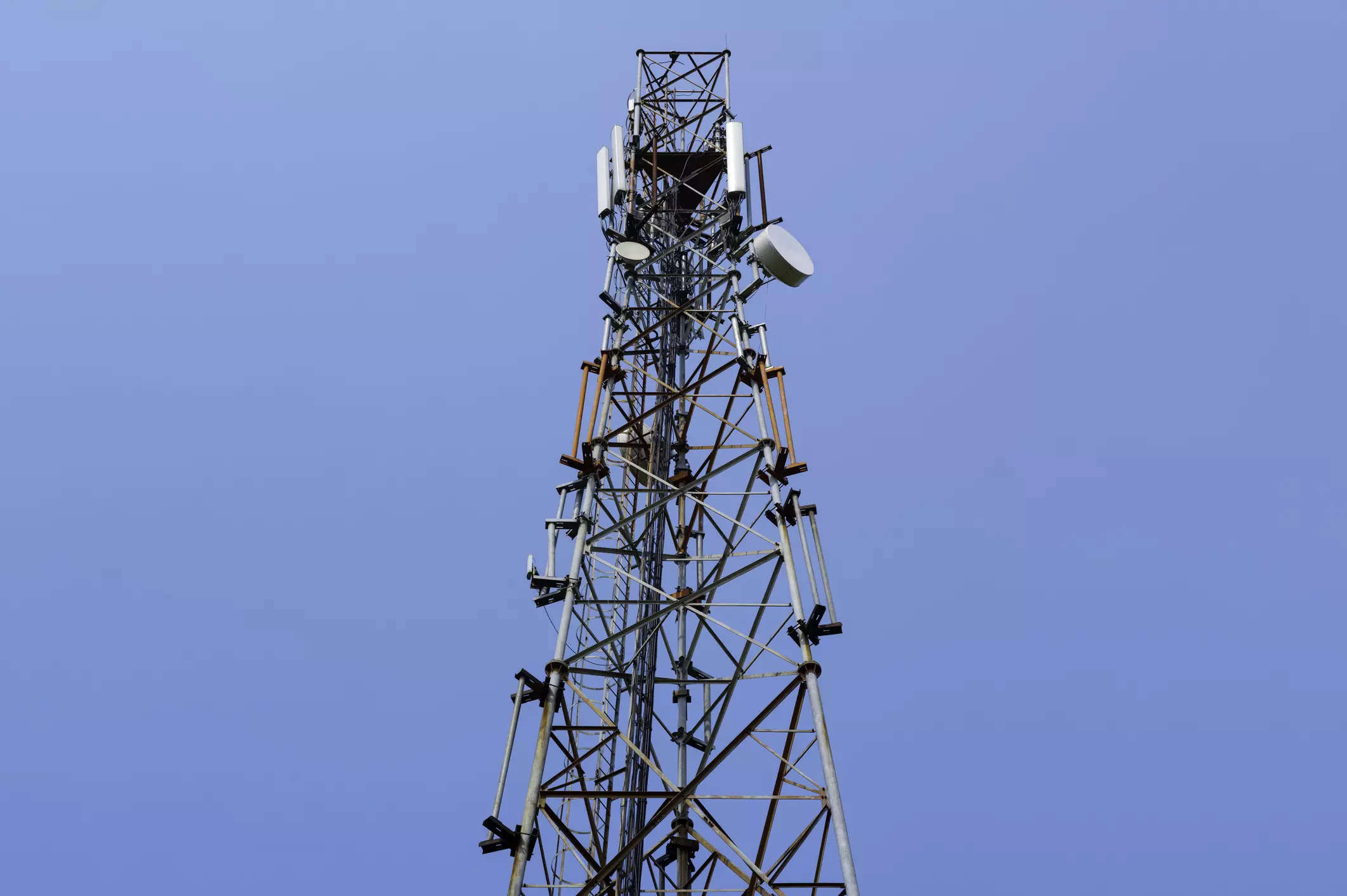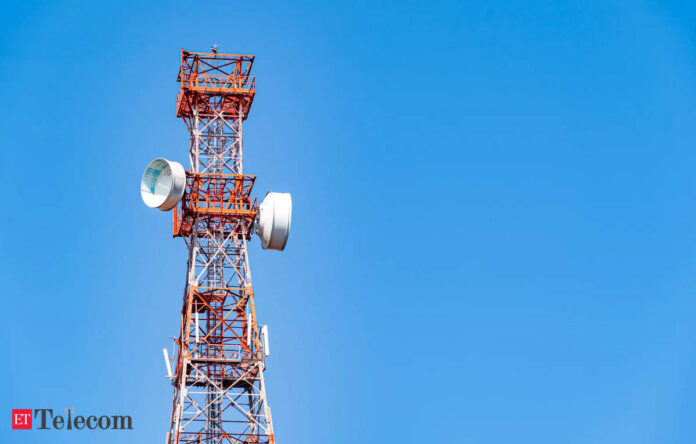In Short:
The Department of Telecommunications (DoT), Ministry of Home Affairs (MHA), and National Disaster Management Authority (NDMA) are creating a Public Protection and Disaster Relief (PPDR) network to enhance communication for emergency services and reduce casualties. Madhu Arora from DoT highlighted initiatives like a system for targeted alerts, use of drones, and tethered balloons for temporary networks. The Combined Alert Protocol (CAP) sends about one billion messages monthly to warn people about disasters, helping them take timely action. DoT aims to improve disaster resilience in India by enabling better coordination for rescue and relief operations.

Strengthening Emergency Communications in India
In a significant step towards bolstering emergency responses, the **Department of Telecommunications (DoT)**, in collaboration with the **Ministry of Home Affairs (MHA)** and the **National Disaster Management Authority (NDMA)**, is gearing up to launch a dedicated **Public Protection and Disaster Relief (PPDR)** network. This initiative will ensure that emergency services have reliable communication channels, aiming to reduce casualties during critical situations.
Innovative Solutions for Emergency Communication
At a recent conference, **Madhu Arora**, a key official from the DoT, highlighted the exciting prospects of this project. The rollout of **cell broadcast projects** has the potential to deliver **targeted alerts**, while innovative solutions such as **tethered balloons** and **drones** offer temporary communication networks during disasters. These developments, as pointed out by the **Ministry of Communications**, underscore the government’s commitment to modernize emergency communication systems.
Real-Time Alerts and Early Warning Systems
One of the standout features in this initiative is the **Combined Alert Protocol (CAP)**. This early warning system is designed for swift dissemination of critical alerts, significantly aiding in minimizing casualties during emergencies. According to Arora, the CAP system has been remarkably effective, sending out nearly **one billion messages a month** to ensure the public is informed about impending disasters. This proactive approach empowers individuals to take timely actions for their safety.
Collaborative Efforts for Disaster Resilience
Effective coordination during rescue and relief operations heavily relies on the sharing of real-time data. This is crucial for medical response teams, emergency services, and for keeping the public informed about affected areas. The DoT official reiterated that the department remains steadfast in its mission to enhance **India’s disaster resilience**, showcasing a commitment that will undoubtedly benefit communities across the nation.





